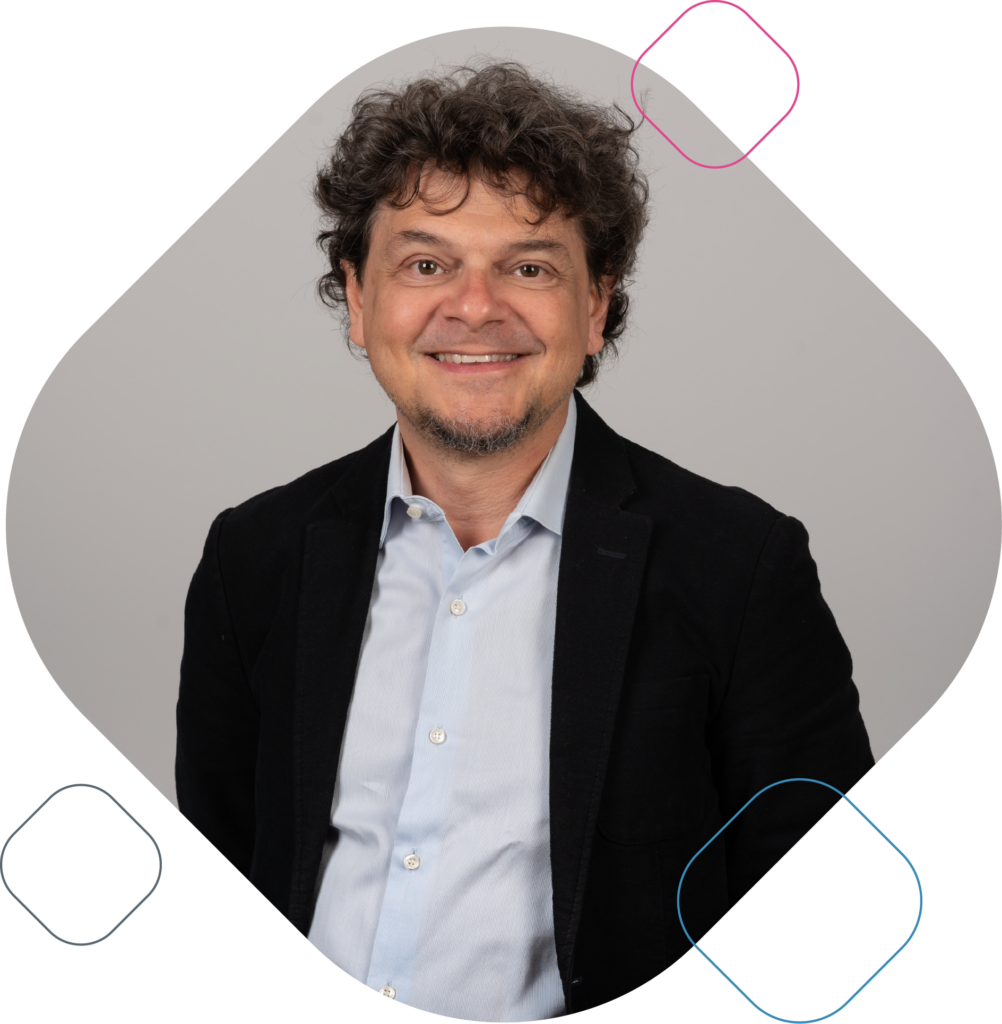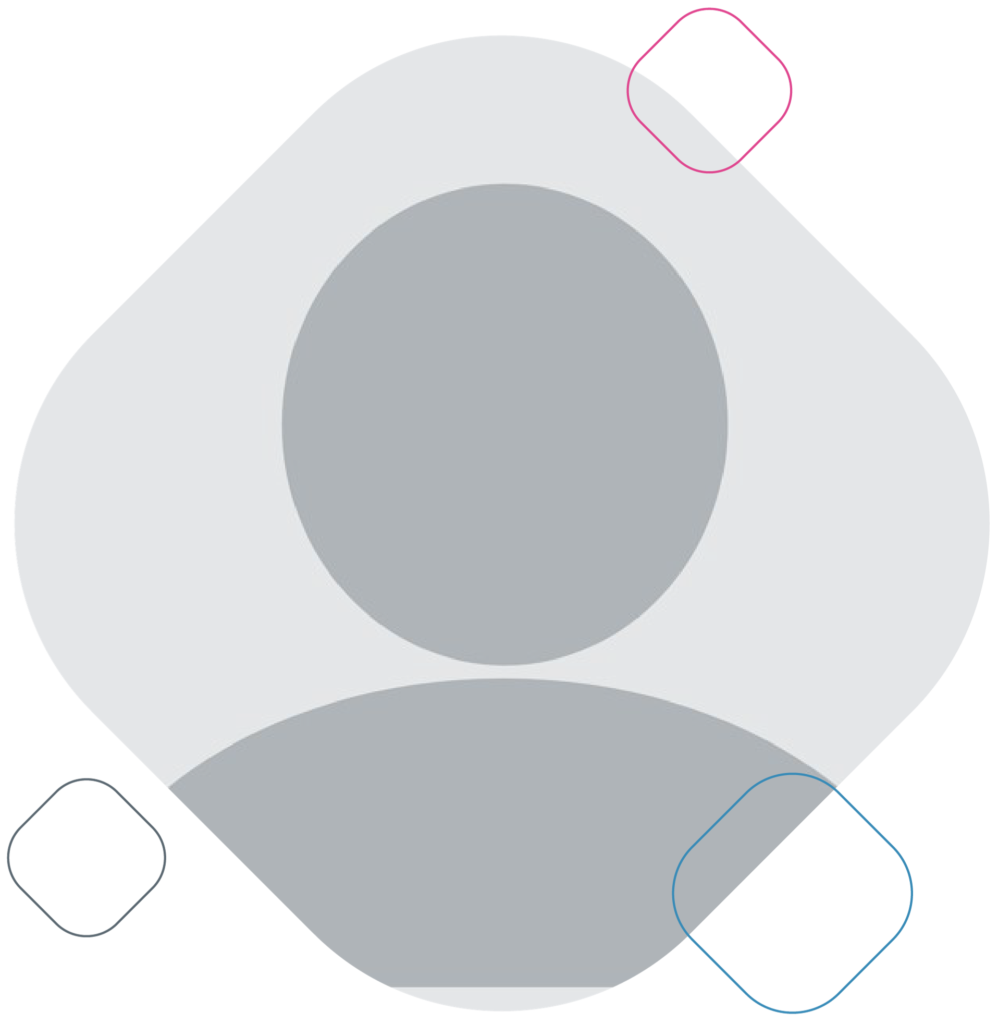OUR VISION
improving the effectiveness of preclinical prediction
of human responses to drugs reducing costly failures in clinical trials and minimizing the controversial use of animal models.
of human responses to drugs reducing costly failures in clinical trials and minimizing the controversial use of animal models.
TTOP aims at
by standardizing their design and ensuring compatibility with conventional laboratory procedures and tools, thereby simplifying their adoption in traditional research environments.

is an associate professor at Politecnico di Milano, holding courses related to cardiovascular biomechanics and technologies for regenerative medicine. He is author of >110 scientific papers in international journals.

is a senior scientist at the Myocardial Disease and Atherosclerosis Unit at San Raffaele scientific institute. She is an expert of 2D/3D models for vascular tissue culture and cell biology, techniques for histology, confocal/electron microscopy, for protein biochemistry and molecular biology (mRNAs and non-coding RNAs), and for ex-vivo imaging.

is the R&D Manager at Qura S.r.L. and in 2013 he obtained a PhD in Biomedical Engineering. He is expert in the design, development and prototyping of mechanical components for cell culture systems, as well as industrialization processes.
TTOP’s idea was conceived in 2018, during the master thesis project of Lorenzo Coppadoro done at Politecnico di Milano. The project was driven by the need of overcoming conventional systems’ limitations for cell and tissue in vitro.
Initially the platform was developed and technically validated at Politecnico di Milano under the supervision of proff. Fiore and Soncini and Dr. Piola (PhD), and then integrated in standard laboratory procedures at Ospedale San Raffaele. Thanks to the collaboration with Dr. Chiara Foglieni and Maria Lombardi, TTOP’s platform has been biologically validated in different relevant case studies such as cell cultures, tissue cultures. Today, TTOP’s focus is to develop advanced modules that can recreate specific physiological / pathological conditions with an automated control.